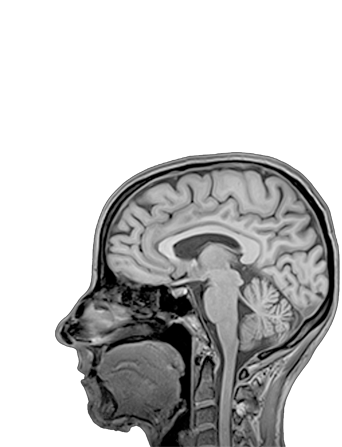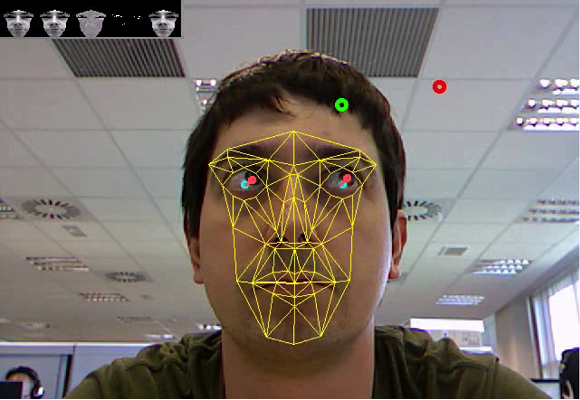Biosignals
Electroencefalography (EEG, qEEG), Electromyography (sEMG), Inertial Measurement Units (IMUs), functional-Magnetic Resonance Image (fMRI), Eye-tracking, behavioral tasks, Functional Electrical Stimulation (sFES) and Transcraneal Magnetic Stimulation (TMS).
Neuropathological conditions
Parkinson, Essential Tremor, Stroke, Cerebral Palsy, Brain Injury, Alzheimer, Cognitive Impairment, Psychiatric disorders, Ageing.
Data Analysis & Software
Biomedical signal processing, data mining, machine learning, knowledge discovery, artificial inteligence, computational modelling, control algorithms, clinical user interfaces.
Robotics
Hardware design, sensors, actuators, experimental platforms, systems integration, electronic modules, assistive devices.
Hot topics
Tremor management
Tremor is the most common movement disorder and is strongly increasing in incidence and prevalence with ageing. The most frequent types of tremor are those arising from two neurodegenerative disorders: Parkinson’s disease and essential tremor. Although not life threatening, upper limb tremors hamper independent life of 65% of those suffering from them, greatly impacting on their quality of life. Tremor is not effectively managed in 25 % of patients and is one of the most commonly misdiagnosed neurologic disorders. gNEC, in collaboration with external institutions, has been working durint the last 10 years on the development of alternative treatment for tremor suppression. In particular, our group demonstrated the feasibility of managing upper limb tremors with biomechanical loading, applied either through robotic exoskeletons, or transcutaneous neurostimulation. This approach, on the contrary to pharmacotherapy or surgery, suppresses tremors by modification of limb biomechanics, not targeting their site of origin. In spite of attaining a systematic attenuation of moderate and severe tremors, a number of limitations in wearability, comfort, and selectivity have yet to be acknowledged. Recently, we collaborated in NeuroTREMOR Project, which aims at systematically evaluating, both clinically and functionally, this hypothesis through implantable afferent neurostimulation of the upper limbs. The expected outcome is that afferent neurostimulation will either substitute or complement pharmacotherapeutic management of tremors.
QKL6-CT-2002-00536, “DRIFTS—Dynamically Responsive Intervention for Tremor Suppression.”
Tremor (FP7)
NeuroTremor (FP7)
Jaime Ibañez, Jesús González de la Aleja, Juan A. Gallego, Juan P. Romero, Rosana A. Saíz-Díaz, Julián Benito-León, Eduardo Rocon. Effects of Alprazolam on Cortical Activity and Tremors in Patients with Essential Tremor.
J.A. GALLEGO, E. ROCON, J.M. BELDA-LOIS, J.L. PONS, A Neuroprosthesis for Tremor Management through the Control of Muscle Co-contraction, accepted for publication in Journal of NeuroEngineering and Rehabilitation.
Gallego JA, Rocon E, Roa JO, Moreno JC, Pons JL. “Real-time estimation of pathological tremor parameters from gyroscope data,” Sensors, 10: 2129-2149, 2010.
Ibáñez J, Serrano JI, del Castillo MD, Barrios LJ. “An Asynchronous BMI System for Online Single-Trial Movement Intention Detection,” Conf IEEE Eng Med Biol Soc,
Rocon, E, J M Belda-Lois, A F Ruiz, M Manto, J C Moreno, and J L Pons. 2007. “Design and Validation of a Rehabilitation Robotic Exoskeleton for Tremor Assessment and Suppression.” IEEE Transactions on Neural Systems and Rehabilitation Engineering 15 (3) (September): 367–378. doi:10.1109/TNSRE.2007.903917.
Computational Psychiatry
A major reason for the disappointing progress of psychiatric diagnostics is largely because doctors are still diagnosing mental diseases purely based on clinical symptoms.A promising new approach is the use of computational modeling for inferring mechanisms which generate observed behavior and brain activity in psychiatric patients. For mental disorders, the cogs and wheels are neural circuits in parts of the brain that experiments have shown play a role in certain illnesses. In this “toy world” built on a computer, computational neuroscientists can break something in the circuit and see if it results in behavior consistent with, say, depression. Using that model, scientists can then come up with new theories of how depression works and partner with experimentalists to test those theories.
BCI-0 (National)
TELEMACO (National)
Oliva, J., Serrano, J.I., del Castillo, M.D., Iglesias, A. A METHODOLOGY FOR THE CHARACTERIZATION AND DIAGNOSIS OF COGNITIVE IMPAIRMENTS. APPLICATION TO SPECIFIC LANGUAGE IMPAIRMENT. Artificial Intelligence in Medicine, 61(2), 89-96, 2014.
Serrano, J.I., del Castillo, M.D., Oliva, J., Iglesias, A. EFFECTS OF TEXT ESSAY QUALITY ON READERS' WORKING MEMORY BY A COMPUTATIONAL MODEL. Biologically Inspired Cognitive Architectures, 7, 39-52, 2014.
Iglesias, I., del Castillo, M.D., Serrano, J.I., Oliva, J. A COMPUTATIONAL KNOWLEDGE-BASED MODEL FOR EMULATING HUMAN PERFORMANCE IN THE IOWA GAMBLING TASK. Neural Networks, 33, 168-180, 2012.
Serrano, J. I., Oliva, J., Del Castillo, M.D., Iglesias, A. COMPUTATIONAL APPROACHES TO THE PSYCHOLOGY OF LANGUAGE. In Michelle K. Jackson (Ed.), Psychology of Language, Nova Science Publishers, 2012.






















